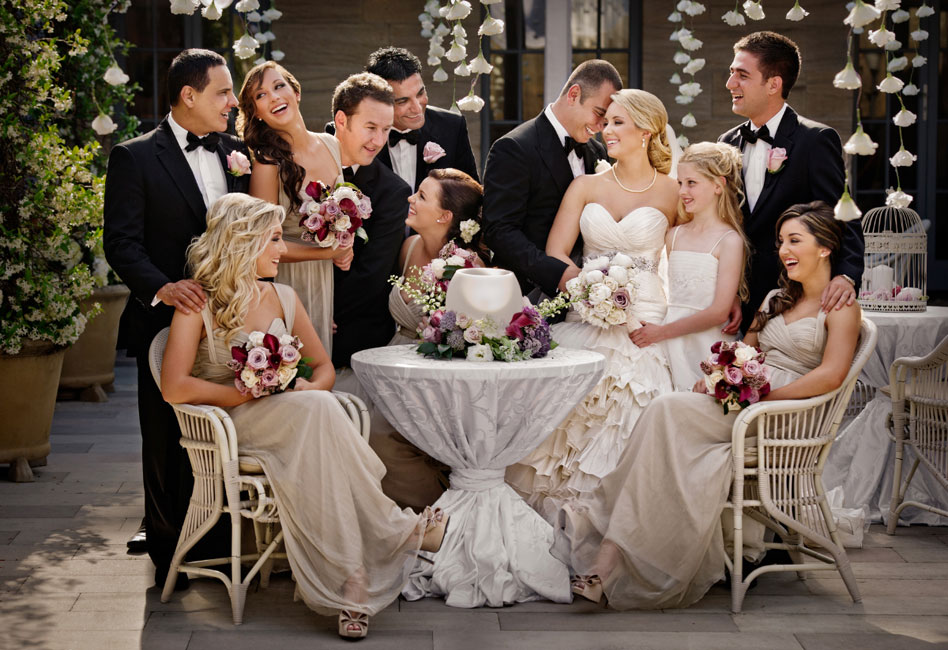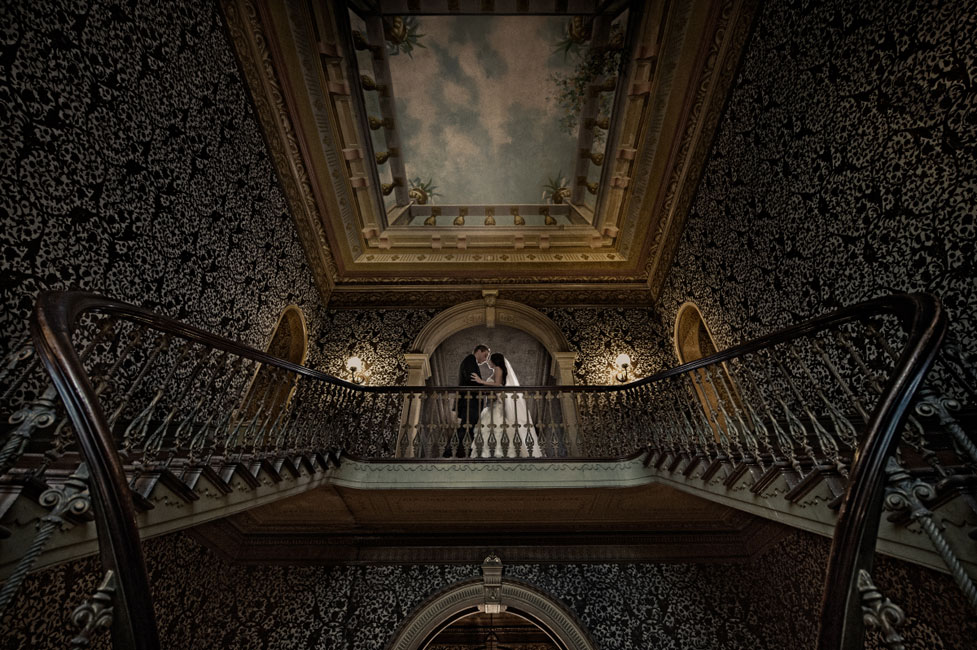The Anatomy of a Powerful Image
D3S, AF-S NIKKOR 70-200mm f/2.8G ED VR II lens, f/4.5, 1/400 second, ISO 200.
Photography is all about light. The word “photography” is derivative of two Greek words that when literally translated means “writing with light” or “painting with light.”
You need to understand light, both natural and ambient. How it shines. How it reflects. Anticipating it. Subtracting it. Sculpting your subjects with it. Lighting should be your first passion when it comes to the study of photography.
Unfortunately most inexperienced photographers will choose the beauty of a location before choosing a scene that is beautifully lit. If you cannot envisage the best light, place your hand in front of you and do a full circle. As you turn around you will notice that your skin tones change according to the light. Look beyond your hand and you’ll see how that light is falling onto the environment.
Once you’ve found the right light, then choose a location or background; allowing the background to help steer the action for the photograph.
Making magic in a photograph
I design the shot in my head. I don’t believe in waiting for the moment, I believe in making it happen. By all means, if magic is happening before my eyes, I will be the first to let it happen. But if it isn’t, I’ll make magic happen.
For example, if I see beautiful light shining on an interesting looking wall, I ask myself, “What could the couple be doing in this shot?” Perhaps they‘re walking past the wall and sharing a laugh. I then simply direct them to walk past it and proceed to make them laugh. Once I believe I’ve nailed the shot and satisfied a spread in an album, I move on to the next story.
My style is all about beauty and glamour. It is about capturing couples looking their best. When I started in photography, I was very conscious of photographing in a popular and marketable style. I started to think about what the most important factor in a photograph of oneself was. Many photographers will tell you that it is emotion, expression, storytelling or romance. I believe that all those things are very important, but come second to a person’s appearance. The first thing a person notices when they look at a photograph of themselves is how they look; scrutinizing every flaw they may or may not have. Once a person believes they look good in a photograph, they take note of the secondary elements in the image.
The same bride who wants to look great, doesn’t like the thought of appearing too posed. “Pose” is a dirty word in a bride’s vocabulary. She wants to look as natural as possible. So therein lines the problem. How do you make a bride look beautiful and natural at the same time? Simply put, I prompt and direct her in a way that appears natural. I like my viewers to believe that I was in the right place at the right time, all day.
Many would argue that creating spontaneity on a wedding day is contrived and unconvincing. However, I believe in creating pictures, not just taking them. I will wait for opportunities, look for them, anticipate, create and pursue them relentlessly to not just meet my client’s and my own expectations, but to exceed them every time. I am a proactive photographer.
After searching for the best light, finding the best location and creating a concept for the bride and groom, I roughly set them up in a position I want them to be in. If I want my couples to look natural, I give them a reason to be there such as whispering in each other’s ear or perhaps sharing a romantic kiss. I also use word association. For example, a red wall might remind me of passion, emotion and celebration so I picture the bride throwing her hands up in the air in jubilation as she is laughing and peering out to the side of the frame.
D4, AF-S NIKKOR 14-24mm f/2.8G ED lens, f/4, 1/125 second, ISO 5000.
Getting the exposure right, in the camera
My next priority is to ascertain my exposure. There is only one exposure and that’s the right one. I believe that the true craft of photography is often lost to lazy digital capture and is compensated by overzealous retouching techniques. If you haven’t gathered already, I photograph on the “manual” setting. Many photographers shoot on “aperture priority” or on the “program” mode and wonder why their bridal images are underexposed and their groom’s images are overexposed. If you are relying on the “program” or “aperture” mode for your exposure and you were photographing a pale bride in a white dress, leaning on a white wall, your exposure will be underexposed and your subject will appear grey. Just as you would overexpose an African American man in a black suit, leaning on a dark wall, the image will also appear grey. Your camera can’t think for itself.
When I am faced with a different scene, I will always follow the same routine to determine my exposure:
I will adjust my ISO to the lowest setting that the lighting condition allows me to use, then select my white balance and no, I will not always use the “auto” setting. For example, a church may be tungsten-lit but if I set the camera to the “tungsten” white balance setting, the light may overcorrect the beautiful warmth of the church. I would instead set the white balance to the “daylight” setting. This would add blue tones to the scene and make the lighting appear less yellow but not enough to kill the ambience of the church.
I then select my aperture, adjusting the shutter speed for exposure. Once I believe I have the correct exposure, I take a quick shot and view the image on the back of the camera. I let the detail in the skin tones and the highlights act as my guide. Trust your instinct. If you think you’ve over- or under-exposed an image, you have probably have. Experience will be your best teacher.
Now that I have a correct exposure, all I need is an action or reaction. Don’t forget, I’ve placed my couple in the best light, I roughly positioned them in the scene, I know what I want from the couple because I’ve conceptualized the image but at the same time I also allow for spontaneity.
My camera is set. I then communicate to the couple clearly and effectively what I want from them. My prompts and directions add style and finesse and make the image appear believable to the viewer. Photography is 99% personality and 1% technique. If you’re not enthusiastic or fun, how can you expect your couple to be?
Don’t lose faith, trust your instincts and extract as much love and emotion out of the couple as possible. I believe that too many photographers overshoot, believing that it costs them nothing to do so. Before I even look through the viewfinder, I ask myself, “Is this working?” If it isn’t and I’m not feeling it, I simply don’t shoot.







